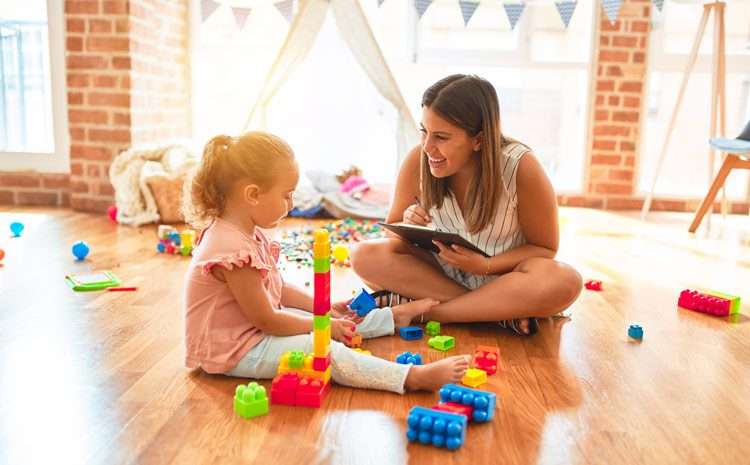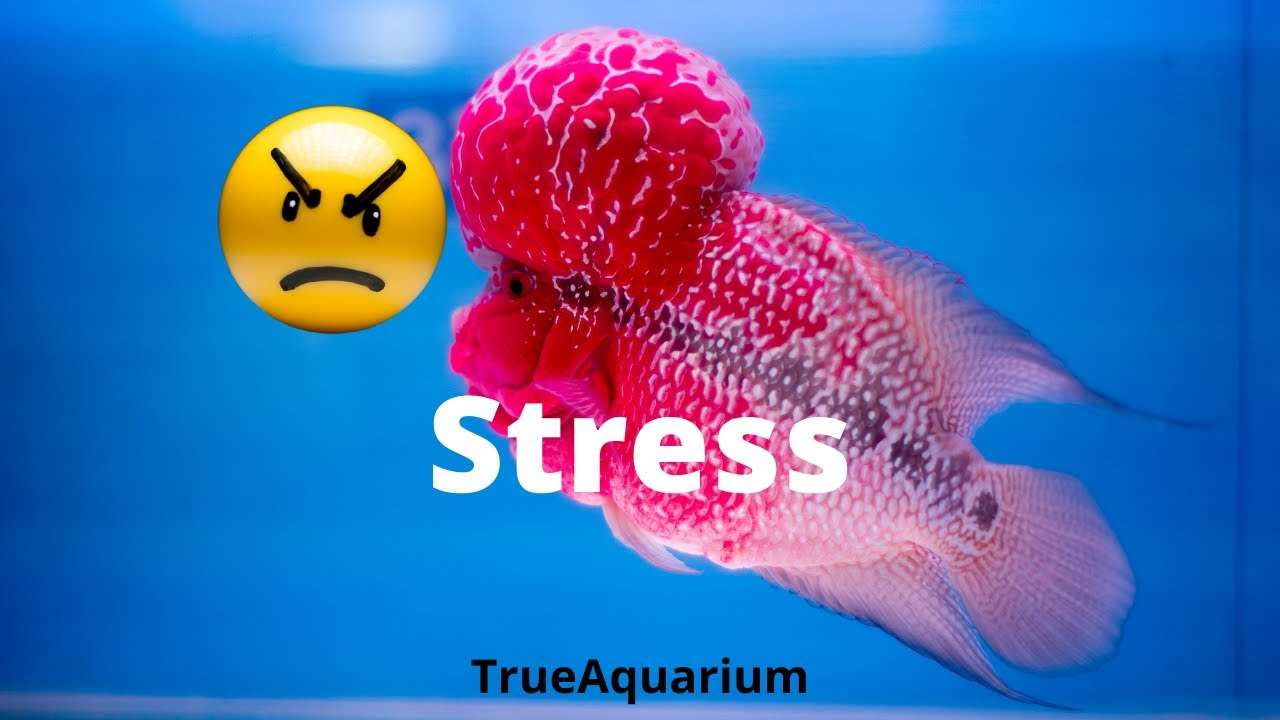As adults, we have a tendency to see play as a frivolous, unimportant activity. When I was a case manager in the mental health system, I often heard parents complain that they didn’t feel their children were benefiting from therapy and other mental health services. “All they ever do is play,” parents would tell me about their children’s sessions. In fact, play is one of the primary ways that children communicate, learn, and reinforce important information. Play Therapy International estimates that around 71 percent of children who engage in play therapy show improvement.
Activities for Play Therapy
Play therapy can take on a number of different styles. According to Play Therapy International, some examples include:
- Sand trays
- Blocks
- Dolls/puppets
- Board games
- Dramatic role plays
- Therapeutic storytelling
Benefits of Play Therapy
WebMD lists a number of benefits that can result from play therapy, which include:
- Improved self-expression
- Increased understanding of the self
- Heightened problem solving skills
- Stress relief
- Boredom reduction
- Improved interpersonal connections
What Words Cannot Express
Even small children are capable of experiencing big feelings, as any parent can attest after witnessing a toddler having a tantrum. That toddler may not have words to express being over-stimulated, afraid, tired, or frustrated, so they use the communication method most readily available to them to demonstrate their internal state. In play therapy, the child uses toys to expand their communication options.
When the New York Times wrote about play therapy, they interviewed multiple play therapists who talked about their experiences with children. One play therapist, Dr. Paris Goodyear-Brown, emphasized that children don’t always have the vocabulary to express what they have experienced or their feelings about their experiences. Play can provide a different way for them to convey things to adults who are trained to recognize the cues children offer during therapeutic sessions.
In addition, some children have experienced traumas that are quite literally unspeakable, so giving them a way to process their pain without using words reaches them in a way that talk therapies cannot, especially if the traumas occurred before they developed verbal language skills.
Play to Treat Trauma
In her TED Talk, Dr. Goodyear-Brown talked about the ability of play to heal trauma: “Play is the primary language of a child, and for traumatized children especially, play is their talk and toys are their words.” A play therapist needs to be able to say that they see what a child is showing them and the child can safely show them more.
Who Can Benefit From It?
Children between the ages 3-12 are the target range for play therapy. Play therapy can also be used with older children or adults with cognitive impairments.
Goals of Play Therapy
The techniques used in play therapy are intended to help children from a variety of backgrounds and of various ages. The specific goals that play therapists are generally working toward include:
- Helping the client to take responsibility for their behaviors
- Assisting the client in developing better coping strategies
- Building skills for creative thinking and problem-solving
- Teaching respect for one’s self and others
- Learning appropriate ways to express emotions
- Learning how to interact with others
What Can Play Therapy Tell Us?
Post-traumatic play is something that occurs when a child acts out their traumatic experiences through play. Dr. Goodyear-Brown shared how a four-year-old boy who had lived with an abusive father was able to explain the domestic violence cycle he experienced through play, a complex concept taught to therapists in graduate school.
How a child plays can tell us a lot about what is going on internally for them. A child’s treatment of a doll or stuffed animal may signal a need for additional nurturing. Dumping out toys and making a mess may signal feelings of powerlessness and life seeming out of control. A child who sorts or “fixes” toys may be acting out a desire for stability and order. A child who pretends to sleep may be signaling that they feel overwhelmed. A therapist who is trained in play therapy can determine what specific messages a child is sending.
Let Us Help You
Highland Hospital specializes in behavioral treatment for children ages 4-17. Our compassionate team can assess your child and develop a treatment plan that fits their unique needs. If your child is struggling, don’t hesitate to reach out to us to learn about how we can help.
Are you or someone you know looking for WV dual diagnosis treatment? For more information about Highland Hospital and the services we offer, please call and speak with someone today at (800) 250-3806 . Highland can help.
Children often struggle with communicating their thoughts and feelings, especially when they’re very young. Play may not seem like a way to communicate, but it’s very effective for children. Playing boosts confidence in children by providing an outlet for:
When it comes to utilizing play in a therapy setting, play is more structured with a goal behind the activities used. Play allows a therapist to build upon the foundational learning processes your child already has while helping them feel comfortable.
Play therapy is an overarching umbrella term that encompasses many therapeutic methods that use play as a tool. The therapist serves as a facilitator for your child to work independently, consider the issues they face, and problem-solve to find solutions. The goal of play therapy is to provide a psychological buffer between your child and their problems, so they feel safe.
If you’ve ever experienced a child’s tantrum, you know that even very young children are capable of big feelings. But their ability to verbalize how they feel and what they need doesn’t match their comprehension yet. Play therapy is an outlet to express when something is bothering them without the need for words.
During play therapy, toys are tools that your child uses in place of vocabulary. Your child’s therapist can identify deficits in social or emotional abilities and help your child learn how to adapt to new situations. Play therapy often acts as a corrective experience that counters something bothering your child and provides the opportunity for healing.
The Association for Play Therapy (APT) defines play therapy as “the systematic use of a theoretical model to establish an interpersonal process wherein trained play therapists use the therapeutic powers of play to help clients prevent or resolve psychosocial difficulties and achieve optimal growth and development”.
Who benefits from play therapy? Play therapy is most appropriate for children between the ages of 3 and 12. Older children and adults with some cognitive impairments may also benefit from play therapy. Younger children and even infants can also benefit from play therapy as a tool for early intervention.
What is play therapy?
Play therapy is a form of therapy used primarily for children. That’s because children may not be able to process their own emotions or articulate problems to parents or other adults.
While it may look like an ordinary playtime, play therapy can be much more than that.
A trained therapist can use playtime to observe and gain insights into a child’s problems. The therapist can then help the child explore emotions and deal with unresolved trauma. Through play, children can learn new coping mechanisms and how to redirect inappropriate behaviors.
Play therapy is practiced by a variety of licensed mental health professionals, like psychologists and psychiatrists. It’s also practiced by behavioral and occupational therapists, physical therapists, and social workers.
In addition, the Association for Play Therapy offers specialized training programs and advanced credentials for licensed mental health professionals, school counselors, and school psychologists.
Benefits of play therapy
According to the professional organization Play Therapy International, up to 71 percent of children referred to play therapy may experience positive change.
While some children might start off with some hesitation, trust in the therapist tends to grow. As they become more comfortable and their bond strengthens, the child may become more creative or more verbal in their play.
Some of the potential benefits of play therapy are:
- taking more responsibility for certain behaviors
- developing coping strategies and creative problem-solving skills
- self-respect
- empathy and respect for others
- alleviation of anxiety
- learning to fully experience and express feelings
- stronger social skills
- stronger family relationships
Play therapy can also encourage use of language or improve fine and gross motor skills.
If your child has a diagnosed mental or physical illness, play therapy doesn’t replace medications or any other necessary treatments. Play therapy can be used alone or alongside other therapies.
How does play therapy work?
There’s a bit of a communication gap between children and adults. Depending on age and stage of development, children simply don’t have the language skills of adults. They may feel something, but in many cases, they either can’t express it to an adult or don’t have a trusted adult to express it to.
On the other end, adults can misinterpret or completely miss the child’s verbal and nonverbal cues.
Children learn to understand the world and their place in it through play. It’s where they’re free to act out their inner feelings and deepest emotions. Toys can act as symbols and take on greater meaning — if you know what to look for.
Since the child can’t adequately express themselves in the adult world, the therapist joins the child in their world, on their level.
As they play, the child may become less guarded and more apt to share their feelings. But they aren’t pressured. They’re allowed to do so in their own time and with their own method of communication.
Play therapy will differ depending on the therapist and the particular needs of the child. To begin, the therapist may want to observe the child at play. They may also want to conduct separate interviews with the child, parents, or teachers.
After a thorough assessment, the therapist will set some therapeutic goals, decide on what limits may be necessary, and formulate a plan for how to proceed.
Play therapists pay close attention to how a child handles being separated from the parent, how they play alone, and how they react when the parent returns.
Much can be revealed in how a child interacts with different types of toys and how their behavior changes from session to session. They may use play to act out fears and anxieties, as a soothing mechanism, or to heal and problem-solve.
Play therapists use these observations as a guide to the next steps. Each child is different, so therapy will be tailored to their individual needs. As therapy progresses, behaviors and goals can be reassessed.
At some point, the therapist may bring parents, siblings, or other family members into play therapy. This is known as filial therapy. It can help teach conflict resolution, promote healing, and improve family dynamics.
Play therapy techniques
Sessions typically last 30 minutes to an hour and are held once a week or so. How many sessions are needed depends on the child and how well they respond to this type of therapy. Therapy can take place individually or in groups.
Play therapy can be directive or nondirective. In the directive approach, the therapist will take the lead by specifying the toys or games that’ll be used in the session. The therapist will guide the play with a specific goal in mind.
The nondirective approach is less structured. The child is able to choose toys and games as they see fit. They’re free to play in their own way with few instructions or interruptions. The therapist will observe closely and participate as appropriate.
Sessions must take place in an environment where the child feels safe and where there are few limitations. The therapist may use techniques that involve:
- creative visualization
- storytelling
- role-playing
- toy phones
- puppets, stuffed animals, and masks
- dolls, action figures
- arts and crafts
- water and sand play
- blocks and construction toys
- dance and creative movement
- musical play
Examples of play therapy
Depending on the child and the situation, the therapist will either guide the child toward certain methods of play or let them choose for themselves. There are any number of ways the therapist can use play therapy to get to know the child and help them cope with their problems.
For example, the therapist might offer the child a dollhouse and some dolls, asking them to act out some problems they have at home. Or they might encourage the child to use hand puppets to recreate something they found stressful or frightening.
They might ask your child to tell a “once upon a time” story to see what the child might bring to light. Or they might read stories that solve a problem similar to your child’s. This is referred to as bibliotherapy.
It could be as simple as asking questions while your child is drawing or painting to try to gain insights into their thought process. Or play various games with the child to encourage problem-solving, cooperation, and social skills.
Play therapy for adults
Play isn’t just for kids, and neither is play therapy. Teenagers and adults can also have a difficult time expressing their innermost feelings in words. Adults who may benefit from play therapy include those affected by:
- intellectual disabilities
- dementia
- chronic illness, palliative care, and hospice care
- substance use
- trauma and physical abuse
- anger management issues
- post-traumatic stress disorder (PTSD)
- unresolved childhood issues
When working with adults, a therapist may use dramatic role-playing or sand-tray therapy to help you get in touch with feelings that are hard to talk about. These therapies can help you work on strategies for dealing with particular scenarios.
The very act of playing, whether it’s games, arts and crafts, or music and dance, can help you relax and unwind from the stresses of everyday life.
Art therapy, music therapy, and movement can help reveal hidden traumas and promote healing. Under the guidance of an experienced therapist, play can be a valuable tool in getting you where you want to be.
Play therapy for adults may be used as a complement to other types of therapy and medications. As with children, the therapist will tailor play therapy to your specific needs.
Takeaway
Play therapy is a method of therapy that uses play to uncover and deal with psychological issues. It can be used on its own, particularly with children, or along with other therapies and medications.
To get the most out of play therapy, look for a licensed mental health professional experienced in this type of therapy. Your pediatrician or primary care doctor can make a referral.
If you don’t already have a mental health professional, the Healthline FindCare tool can help you find one in your area.
You may also choose to search for a credentialed registered play therapist (RPT) or registered play therapist-supervisor (RPT-S) through the Association for Play Therapy.



